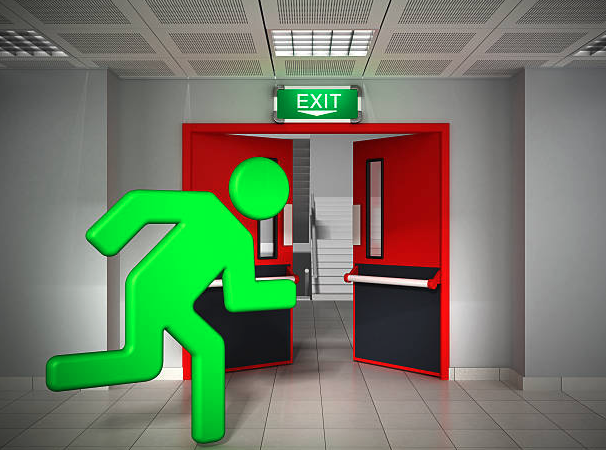Document •


By Hans van Brakel, senior TDD advisor
Grenfell Tower in London, Café het Hemeltje in Volendam. Just two examples of infernos with different causes, but the same fatal consequences. According to recent CBS figures, there were approximately 35 thousand fires in the Netherlands in 2013, resulting in a total of 92 deaths and 720 injuries. CBS figures show a decrease in the number of fires since 2001, unfortunately not in the number of victims. Every fire and every victim is one too many.
That is why we pay a lot of attention to the fire safety of a building during a Technical Due Diligence (TDD). In the following paragraphs, we present an indicative overview of the points of attention that we inspect.
The starting point of our investigation is the fire safety requirements in place at the time the building permit is granted. In the absence of the building permit -and underlying documents- we make an assessment based on our experience. During the visual inspection of a building and checking of the building file, we focus on four themes: fire resistance, signalling, control and evacuation.
In the case of fire resistance, we pay attention to, among other things:
For the fire signalling part, we pay attention to matters such as:
In case of fire fighting:
In case of evacuation:
Which building materials have actually been used cannot be determined without destructive and laboratory testing, leaving a residual risk of fire safety. However, if there is any doubt, we recommend calling in an independent fire safety expert for further investigation and advice.
The approach outlined above has proven its value – there is always something that needs improvement.
In this way, we indirectly contribute to a safe living and working environment. And hopefully to a reduction in the number of victims.
Navigation